A discarded Falcon 9 upper stage will impact the lunar farside on March 4th.
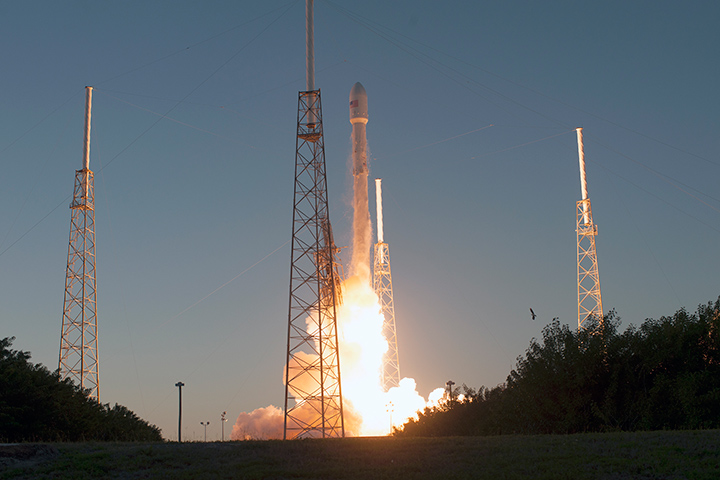
NASA
An interesting fragment of modern space exploration will soon strike the farside of the Moon. Recent observations, combined with calculations made by Bill Gray of Project Pluto have shown that a spent Falcon 9 rocket upper stage will strike the lunar surface on March 4th around 7:26 a.m. EST (12:26 UT) near the edge of Hertzsprung Crater.
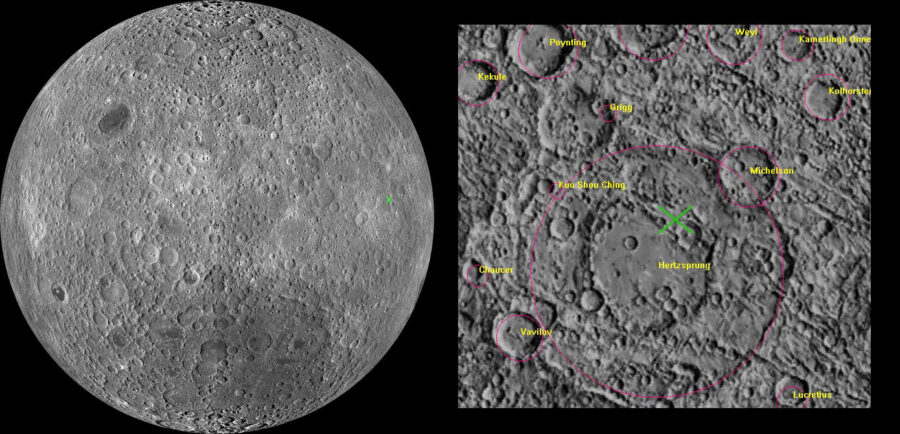
Lunar farside: NASA / Goddard / Arizona State University; inset: Bill Gray / Project Pluto
The Impact
Unfortunately, because the unintentional impact will occur on the lunar farside, it won’t be visible for Earthbound observers. Astronomer Gianluca Masi and the Virtual Telescope Project will, however, feature two viewing sessions of the Falcon 9 booster pre-impact, one on February 7th and another on February 8th.
Gray first noticed the upcoming encounter in early 2022: A close flyby that took the booster within 9,600 km of the Moon on January 5th set it up for impact in March. Gray then put out an appeal to the amateur astronomy community via the Minor Planet Mailing List (MPML) to observe the errant booster in an effort to pin down its exact orbit. The stage is in a wide-ranging Earth orbit that currently takes it out beyond the orbit of the Moon.

Project Pluto
Keep in mind, relatively lightweight objects like empty rocket boosters are more at the whim of the solar wind's push than are solid asteroids. Plus, the booster appears to be tumbling. But at this point, an impact on the lunar surface is certain, though the timing may vary by a minute or so as may the exact location (by a few kilometers). Additional observations in February will help further pin down the impact's time and location.
The Falcon 9 upper stage was part of SpaceX’s launch of NASA’s Deep Space Climate Observatory (DSCOVR) in 2015. DSCOVR was sent to a heliocentric orbit between the Sun and Earth, at the L1 Lagrange point, which affords a fully lit view of Earth's Sun-facing side.

NASA
Though we won’t see the booster's impact in real time since it's occurring on the farside, it's quite possible that NASA's Lunar Reconnaissance Orbiter or India’s Chandrayaan 2, both currently orbiting and imaging the Moon, could see the crater that results from the impact.
A Brief History of Things Hitting the Moon
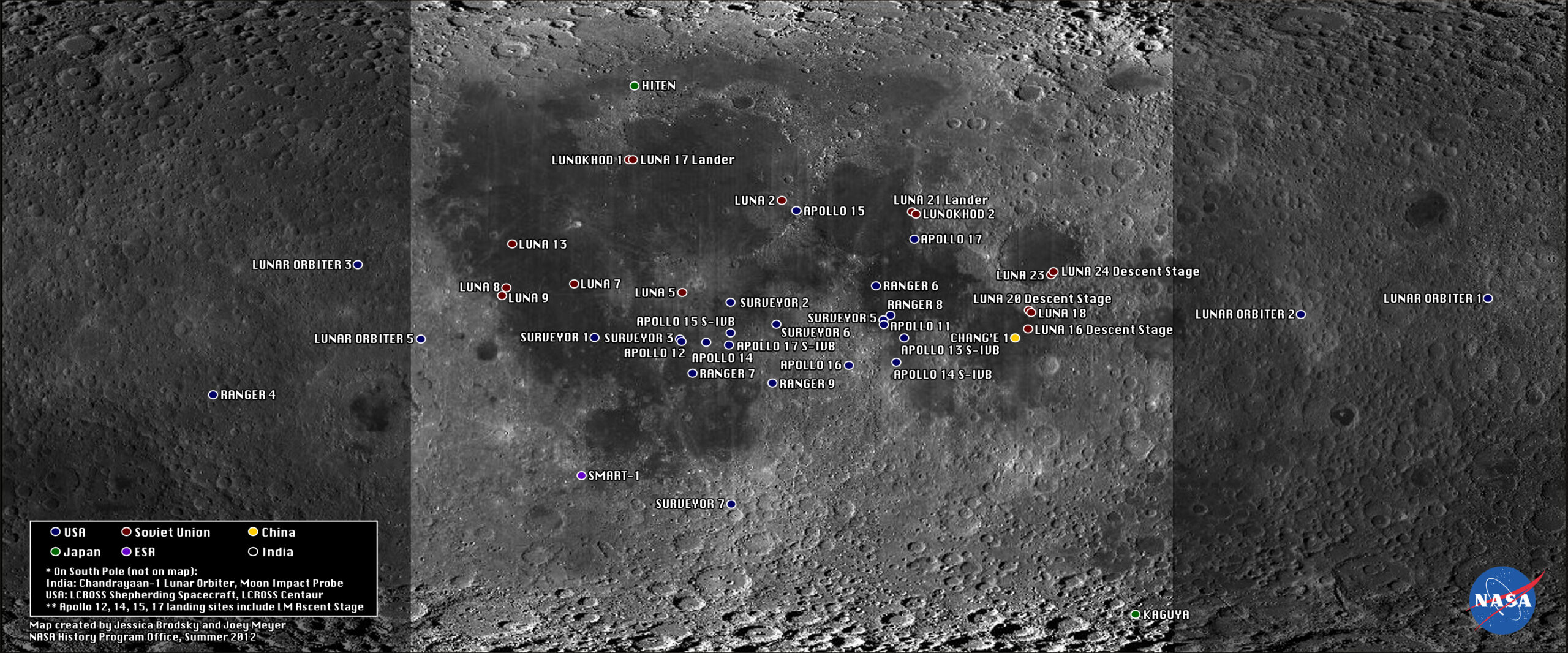
NASA
Though lots of Space Age hardware has hit the Moon over the years, this is the first time we know of that a human-launched space artifact on a non-lunar mission has unintentionally hit the Moon.
The very first object to reach the lunar surface was the Soviet Union’s Luna 2 on September 13, 1959. Discarded Apollo-era boosters often also hit the Moon, and NASA’s Lunar Reconnaissance Orbiter (LRO) has documented the resulting scars.
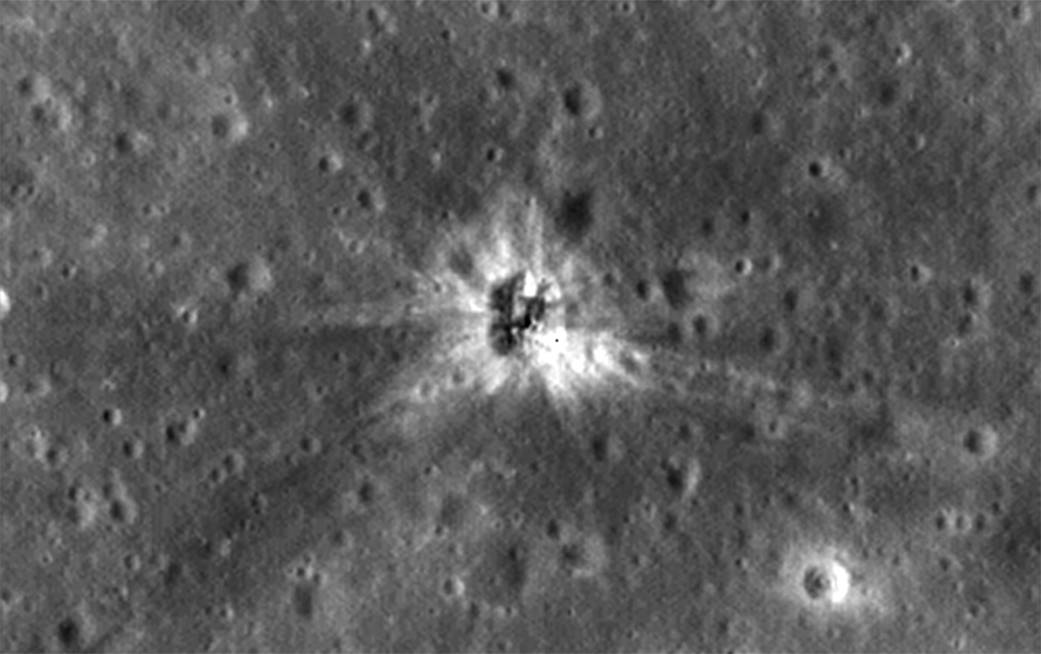
NASA / LRO
Sometimes, discarded boosters end up as "quasi-moons" instead. A spectrum of J002E3, a quasi-moon spotted in 2002, showed the signature of titanium dioxide paint, which helped astronomers determine it to be the Apollo 12 Saturn V third-stage booster. Observers also recently recovered another quasi-moon, which turned out to be the Surveyor 2 rocket booster.
And sometimes, missions have even sent boosters toward the Moon intentionally, for the sake of science. The Lunar Crater Observation Sensing Satellite (LCROSS) observed its spent Centaur upper stage as it hit Cabeus Crater in 2009, providing data that helped scientists deduce the presence of water ice on the Moon.
The LCROSS mission is a useful point of reference because its impact velocity was about the same as that calculated for the Falcon 9's upper stage, about 2.5 kilometers per second (5,500 mph). But while LCROSS's Centaur upper stage weighed in at 2,300 kg (5100 pounds), the Falcon 9 upper stage has almost twice the mass, at 3,900 kg.
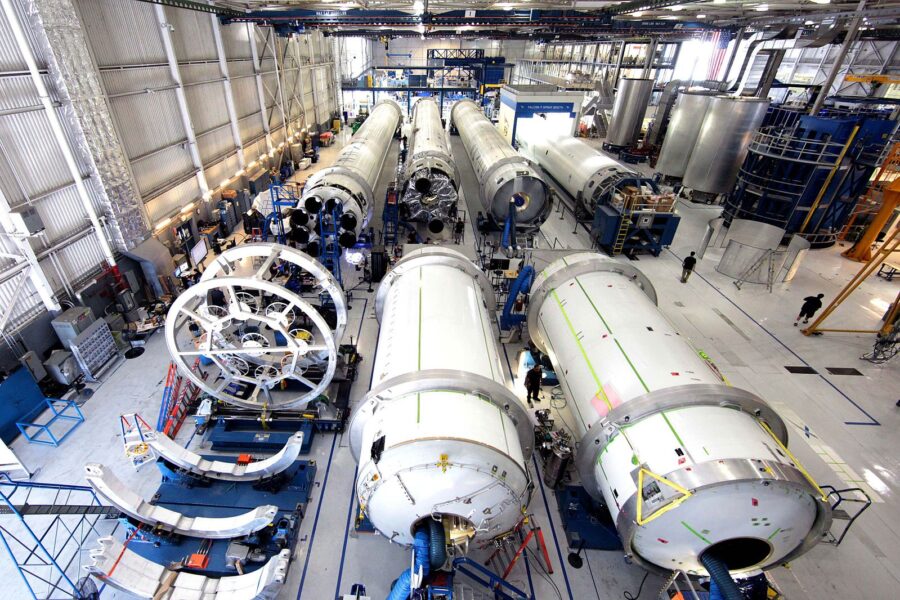
SpaceX
However, it’s quite possible that unintentional impacts have occurred in the past, since boosters leaving Earth often remain in space rather than reentering the atmosphere.
"There're at least 50 objects that were left in deep Earth orbit in the 1960s, '70s and '80s that were just abandoned there," said Jonathan McDowell (Center for Astrophysics, Harvard & Smithsonian) told the AFP News Agency. "Now we're picking up a couple of them . . . but a lot of them we're not finding and so they're not there anymore. Probably at least a few of them hit the Moon accidentally and we just didn't notice."
With the launch of a fleet of lunar missions this year, the Moon is about to become a busy place. SpaceX is actually launching the first Commercial Lunar Payload Services flight for Intuitive Machines and their Nova-C lander this summer. It’s ironic that SpaceX will actually already reach the Moon on March 4th, just maybe not the way they originally intended.
 11
11









Comments
Will
January 28, 2022 at 12:19 pm
Are there any Apollo era lunar seismographs still operative that could record and transmit the time of the impact wave?
You must be logged in to post a comment.
Scott-Snell
January 28, 2022 at 2:30 pm
No, operations ended in 1977:
https://en.wikipedia.org/wiki/Apollo_Lunar_Surface_Experiments_Package#After_Apollo
You must be logged in to post a comment.
Julian Parks
January 28, 2022 at 12:23 pm
This is what these corporations do. Elon Musk and his space trash. These people, these corporations will trash the Moon and every place in the Universe they go to without regard to the environment. Not only will this space trash hit the Moon, it will explode destroying a piece of the surface of the Moon. The tradition of trashing the Earth continues on into space. Not Homo Sapiens, but Homo Quisquiliae.
You must be logged in to post a comment.
Scott-Snell
January 28, 2022 at 2:20 pm
The same physics would've applied, whether or not it was a SpaceX rocket booster.
Don't forget that SpaceX is relatively non-polluting as compared to other space launching organizations. SpaceX recovers its first stages.
You must be logged in to post a comment.
Alain Maury
January 28, 2022 at 6:18 pm
There is absolutely nothing to laugh about. Already 250 tons of human trash on the moon, and more to come. There is absolutely no reason to send human back to the moon. They were sent in the first place for nationalistic reasons (cold war). Now, there is no point of trashing more the moon. It's not a place one can live normally. You will have to be underground all the time (and if the idea is to live in a can, the ISS is about as good), people will get sick living in outer space (radiations), will get fine abrasive dust in their lungs, will have to be 14 days in a freezing cold, and 14 days in a blazing heat, will have to bring nuclear reactors, and destroy very large quantity of places in order to recover just a bit of water. The whole thing is completely stupid. Absolutely no return on investment. It's stupid when a nation does it (just to show its muscle, and to feed the space agency monster they created during the cold war) and it's even more stupid when one leaves crazy wackos billionaires do it. Star Trek is not a documentary, it's a fiction.
You must be logged in to post a comment.
Gfisseler
January 29, 2022 at 10:32 am
Julian - did you read the story. Rant all you want about corporations. But moon impacts are limited to private sector activities. Governments, including yours, have a hand in this. "There're at least 50 objects that were left in deep Earth orbit in the 1960s, '70s and '80s that were just abandoned there”…” a lot of them we're not finding and so they're not there anymore. Probably at least a few of them hit the Moon accidentally and we just didn't notice."
You must be logged in to post a comment.
PGT
January 29, 2022 at 5:27 pm
I respect the love of exploration and technology AND the love of the environment that I see in these comments. However, not to be a "humorless scold," but the comment "it's the sound of the rest of us laughing at you" is not in keeping with the usual respect for science and its passions that I've come to expect from S&T readers.
You must be logged in to post a comment.
Scott-Snell
January 28, 2022 at 2:22 pm
LRO and Chandrayaan-2 will almost certainly find the resulting impact crater. Unfortunately, LRO will not be in position to observe the impact. Perhaps Chandrayaan-2 will be?
You must be logged in to post a comment.
Tom-Haeberle
January 28, 2022 at 2:53 pm
This is not the first time and won't be the last, as per this article. "The very first object to reach the lunar surface was the Soviet Union’s Luna 2 on September 13, 1959. Discarded Apollo-era boosters often also hit the Moon, but this is the first time we know of that a human-launched space artifact on a non-lunar mission has 'unintentionally' hit the Moon."
So I guess its okay for governments to mess up the Moon but not corporations. I don't get the point being made. I guess you would be against people colonizing the Moon, because we would only make it worse on a surface already littered with craters and rocks.
You must be logged in to post a comment.
adolfo rufatt
January 28, 2022 at 5:54 pm
A simple question: We humans, can drop trash on the moon and other planets, and we still don't dare to recognize that others can do the same with us. Or are we still going to adhere to the notion that we are unique or the most advanced in this "flat piece of earth"
You must be logged in to post a comment.
Bob-dBouncier
January 29, 2022 at 10:56 pm
Makes me wonder how long before this transfer of mass from the earth to the moon will affect their orbits, and tides.
You must be logged in to post a comment.
You must be logged in to post a comment.